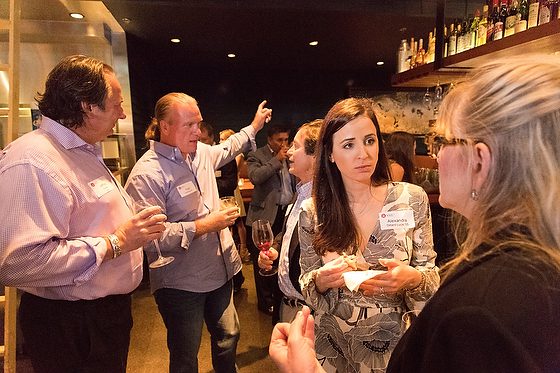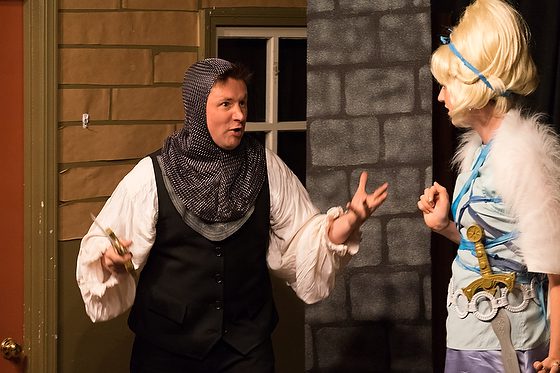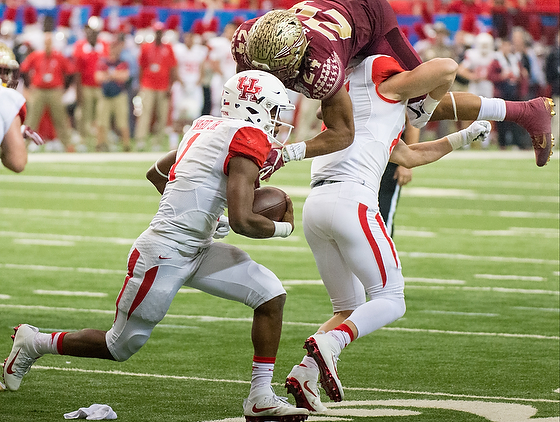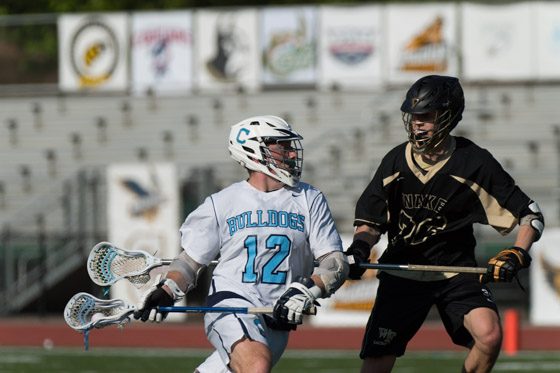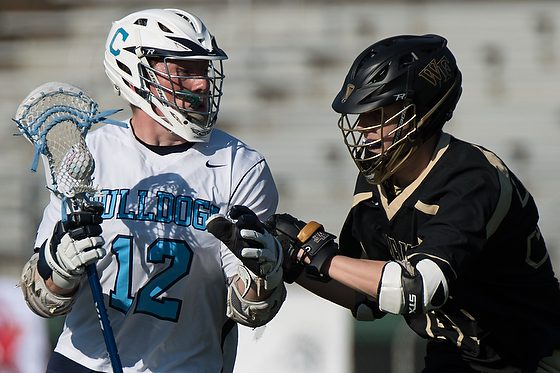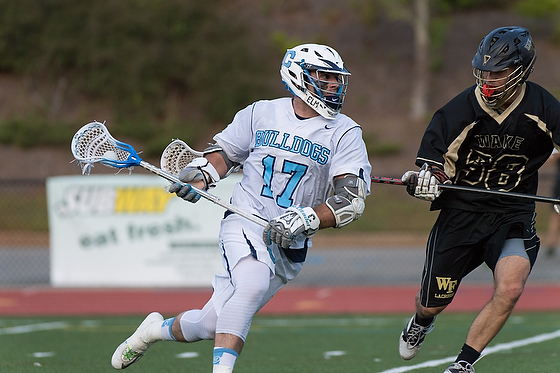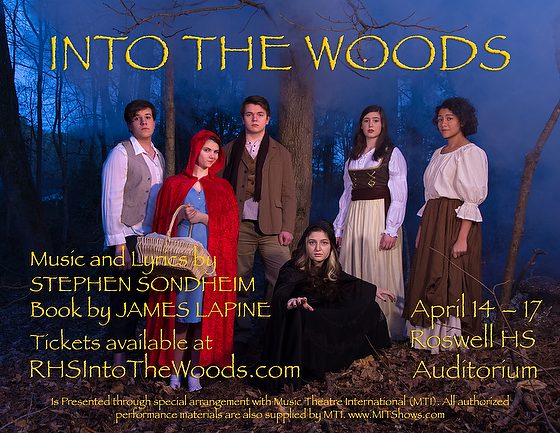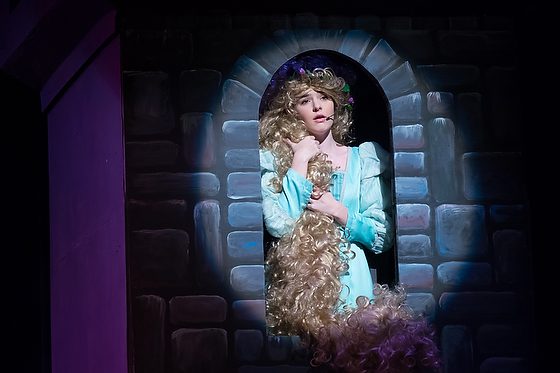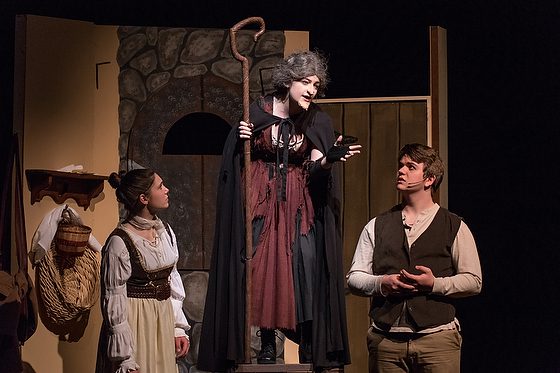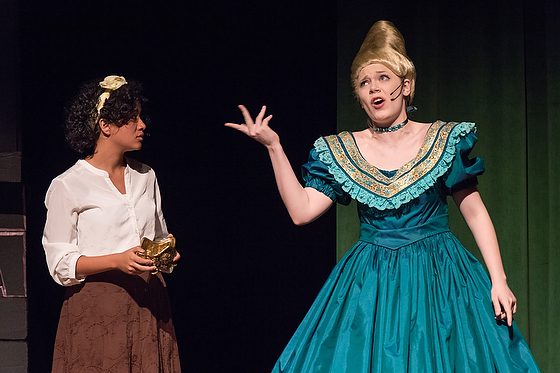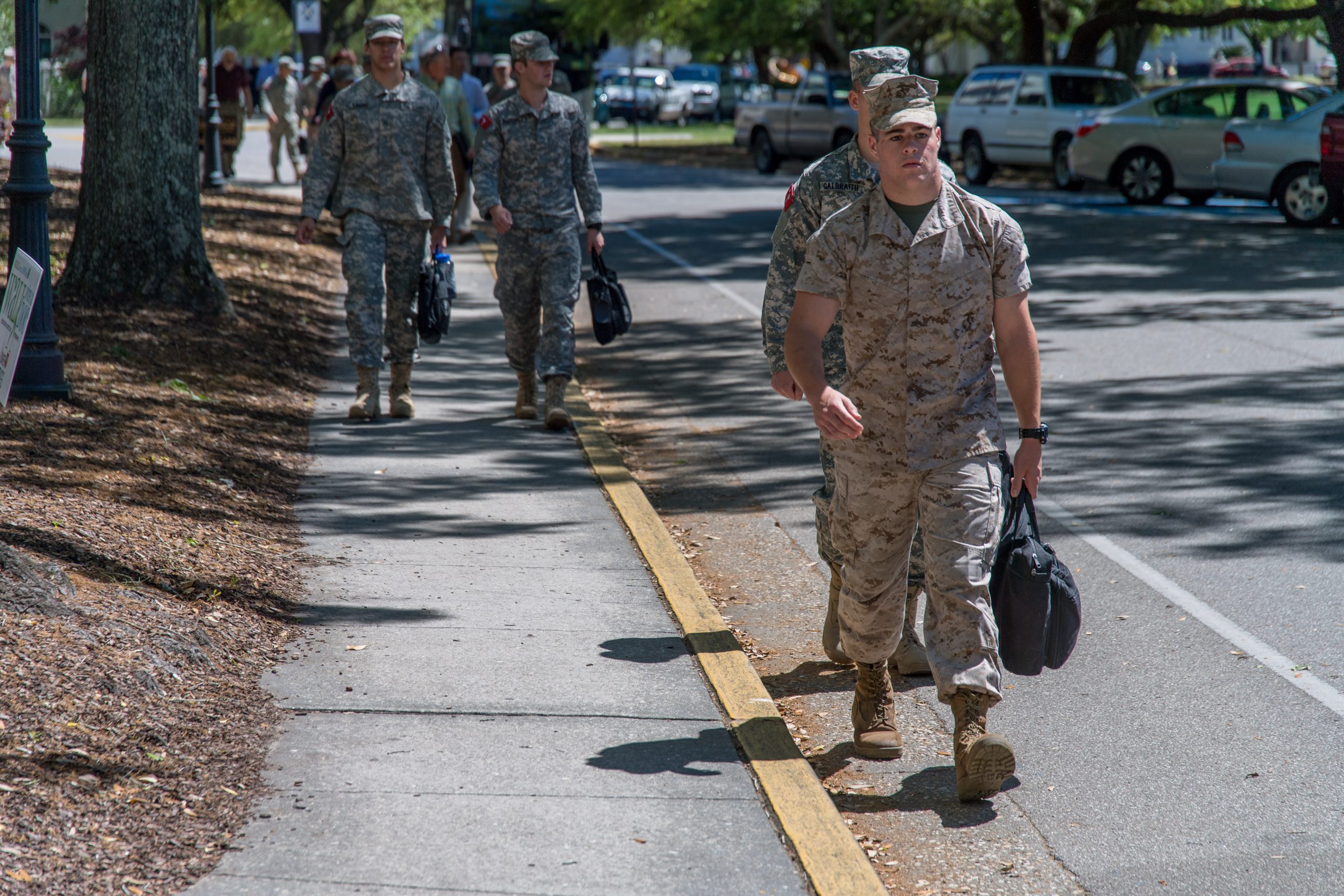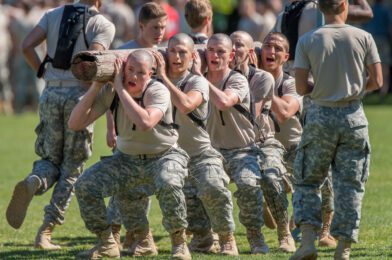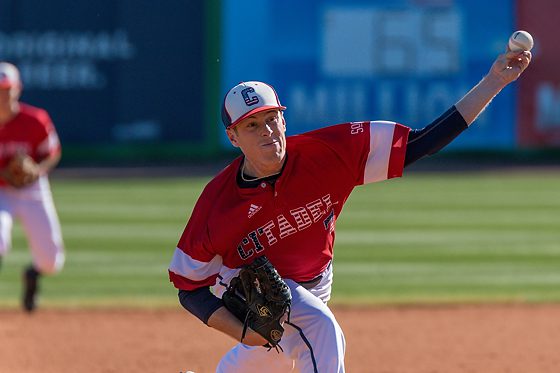| |
| Nikon D5, Sigma 24-105mm f/4 DG OS HSM Art Lens, ISO 100, ƒ/4, 1/800 |
The Knobs of The Citadel, also known as freshmen, had to walk the gutter to and from class.
 |
| Nikon D5, Sigma 24-105mm f/4 DG OS HSM Art Lens, ISO 100, ƒ/4, 1/500 |
Only the upper class could use the sidewalks. It is part of what they call the 4th Class System. Here is the official explanation below. However, the next day was Recognition Day, where the cadre announced the system as over after a grueling event.
THE CITADEL’S FOURTH CLASS SYSTEM
The purpose of The Citadel’s Fourth Class system is to develop and graduate the “whole person.”
The Fourth Class System hinges on the completeness with which it matures, refines, trains, and schools the totality of a young cadet’s character. This finely balanced process provides the foundation of the “whole person” concept. During their four years as part of the Corps, cadets will develop academically, physically, militarily, and spiritually.
Anxiety is an Altered State of Consciousness
Each day our brain is thinking and processing our thoughts. We know the difference between our thoughts and actions; however, anxiety changes all that for us.
Everyday thoughts consider things that could happen when we make confident choices. We understand life has risks and make those choices where we diminish the possibility of terrible consequences. Anxious Thinking cannot accept any risks. It continually asks for reassurances and demands that we avoid situations that frighten us. Anxious Thinking distinguishes between feeling frightened because of catastrophic images in our mind and the fear of being in actual danger.
 |
| Nikon D5, Sigma 120-300mm ƒ/2.8 DG OS HSM | S, Sigma TC-2001 2x, ISO 1000, ƒ/5.6, 1/4000 |
Many Knobs have trouble sleeping Friday night because they know that the next day is Recognition Day. Recognition Day is where for the very last time, they will be pushed physically and mentally by the upper class.
As I walked around the campus, I could hear upper-level students, parents, and friends reassuring the Knobs not to overthink it and leave their best effort on the field.
 |
| Nikon D5, Sigma 120-300mm ƒ/2.8 DG OS HSM | S, Sigma TC-2001 2x, ISO 2000, ƒ/5.6, 1/4000 |
I’ll Admit It–I Get Anxious
When things happen to me that I have no control over, it is widespread for me to get caught in anxious thoughts. While I haven’t had a major meltdown with an anxiety attack like some people, I can tell you I fully understand how that can happen.
While just about anything can trigger these anxious thoughts, it is when I have a few things that happen to me in a row that my ability to manage these anxious thoughts becomes increasingly tricky.
Recently we have experienced a series of medical expenses. We also had to replace a transmission in our van. Also, while it is good news you have to pay more in taxes [means you made more money], it can produce more anxiety.
Over the years, I have understood that one of my fears is having to go into debt to cover unexpected expenses. Another real fear with medical procedures is they usually involve some pain in recovery.
Suppose you find yourself shutting down and avoiding situations because of your fear. In that case, I highly recommend seeing a counselor and psychiatrist who can help you manage these anxiety attacks.
 |
| Nikon D4, Sigma 24-105mm f/4 DG OS HSM Art Lens, ISO 800, ƒ/8, 1/2000 |
After breakfast, the cadets all changed into their workout clothes. Then, I saw them running out of the barracks onto the parade field, where they would be challenged and tested.
While many had trouble sleeping the night before, they embraced the fears and knew they would do their best at the moment.
 |
| Nikon D5, Sigma 120-300mm ƒ/2.8 DG OS HSM | S, Sigma TC-2001 2x, ISO 900, ƒ/5.6, 1/4000 |
I was surprised to watch many of the cadets smiling and having fun. I think they were the ones who could dismiss the thoughts of what could happen and deal with what was happening.
Call it Anxiety
One of the best things you can do is to realize when you are feeling overwhelmed and anxious that these fears affect you the same way as if you were in actual danger. But, unfortunately, this makes it extremely difficult for you to think clearly.
Call it what it is anxiety. By you name it, you have a better chance of dealing with it. Then deal with the facts. I had to think out what was the worst thing that could happen.
Now, to be simple, logic alone doesn’t work for me. I had to use my faith to help me. So I meditate on these scriptures many times in times of anxiety.
Philippians 4:6-7
6 Do not be anxious about anything, but in every situation, by prayer and petition, with thanksgiving, present your requests to God. 7 And the peace of God, which transcends all understanding, will guard your hearts and your minds in Christ Jesus.
John 14:27
27 Peace I leave with you; my peace I give you. I do not give to you as the world gives. Do not let your hearts be troubled and do not be afraid.
Now I don’t jump straight to prayer and give this all to God. I always first experience some anxiety. I think about what I am feeling, try to understand the emotion, and pray for wisdom.
I need the wisdom to think through what is causing anxiety and get to the root. Insight also helps me to know if there is anything I can do other than avoidance of the situation. Of course, I want to be proactive if there is something I can do, but I also am asking for the wisdom to know the difference between what I can do and what I have no control over.
 |
| Nikon D4, Sigma 24-105mm f/4 DG OS HSM Art Lens, ISO 100, ƒ/8, 1/250 |
After that morning, the cadre announced to the 4th Class System that it was no longer in effect. The Knobs now joined the upper-level students as fully integrated into the corp.
The marchers depart from The Citadel’s main gate, down Moultrie St., and then turn right on King St. to Marion Square. The cadets take the oath – a tradition for more than 100 years.
Worrying is carrying tomorrow’s load with today’s strength- carrying two days at once. It is moving into tomorrow ahead of time. Worrying doesn’t empty tomorrow of its sorrow, it empties today of its strength. – Corrie ten Boom





